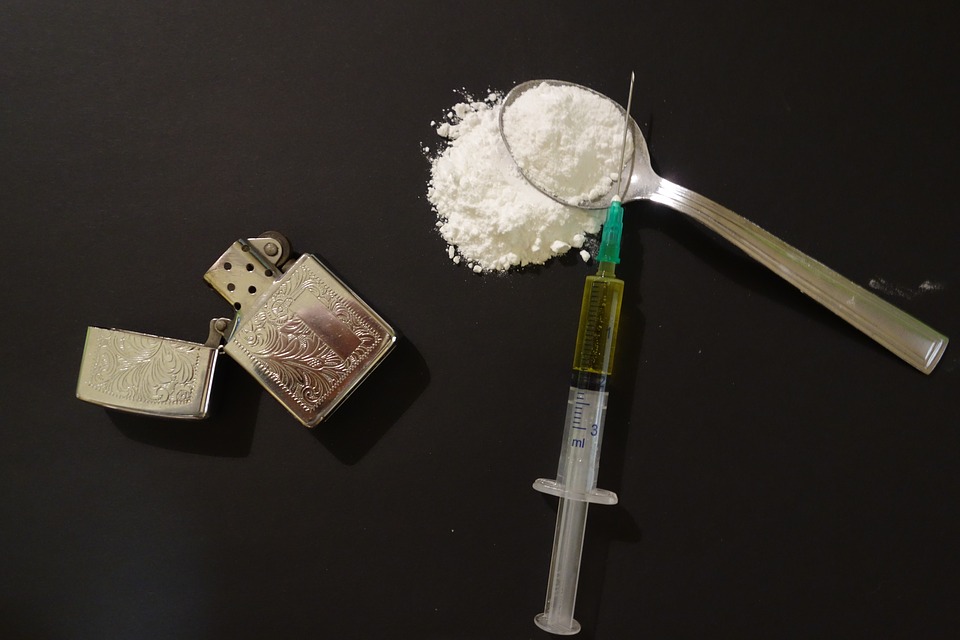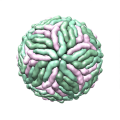18 FEBRUARY 2019
DE FAAKTO OUTBREAK INTELLIGENCE
SITUATION–INCREASED RISK OF SYPHILIS TRANSMISSION WITH DRUG USE PARTICULARLY METHAMPHETAMINE
U.S. Center for Disease Control-Morbidity & Mortality report research findings indicate,
A substantial percentage of heterosexual syphilis transmission is occurring among persons,
- Who use methamphetamine
- Who use heroin
- Inject drugs
- Have sex with persons who inject drugs
Further the CDC findings indicate that heterosexual syphilis and drug use are intersecting epidemics
- A linkage between heterosexual syphilis and drug use has been observed previously
- In the late 1980s and early 1990s, increases in heterosexual syphilis were associated with crack cocaine use (CDC)
Intersecting epidemics of drug use and syphilis is associated with,
- Methamphetamine and injection drugs
- Sexual behaviors that increase the risk for acquiring syphilis and other sexually transmitted diseases
- Multiple sex partners or concurrent sexual partnerships
- Inconsistent condom use
- Exchange of sex for drugs or money
- Stigma and mistrust of the health care system
- Social determinants of health-unstable housing, poverty, incarceration, and lack of health insurance or a medical home, might contribute to decreased health care utilization
- Inability to identify and locate sex partners, resulting in delays in diagnosis and treatment (CDC)
What is syphilis?
- Syphilis is a sexually transmitted disease (STD) caused by the bacterium Treponema pallidum. Syphilis can cause serious health sequelae if not adequately treated
Treatment
- Benzathine penicillin G & in some stages of the disease Acqueous crystalline penicillin G (CDC, 2019)
- Persons who receive syphilis treatment must abstain from sexual contact with new partners until the syphilis sores are completely healed. Persons with syphilis must notify their sex partners so that they also can be tested and receive treatment if necessary (CDC, 2019)
What is Methamphetamine?
Methamphetamine, most commonly known as “meth,” “crystal,” “speed,” and “ice,” is an addictive stimulant that causes users to experience an intense euphoric rush. Meth can be smoked, snorted, injected, or consumed orally by users. (DRUGABUSE.COM, 2018)
DESOXYN® (methamphetamine hydrochloride tablets, USP), chemically known as (S)-N,α-dimethylbenzeneethanamine hydrochloride, is a member of the amphetamine group of sympathomimetic amines. (RxList, 2018)
Methamphetamine is a sympathomimetic amine with CNS stimulant activity. Peripheral actions include elevation of systolic and diastolic blood pressures and weak bronchodilator and respiratory stimulant action. Drugs of this class used in obesity are commonly known as “anorectics” or “anorexigenics”. It has not been established, however, that the action of such drugs in treating obesity is primarily one of appetite suppression. (RxList, 2018)
CDC https://www.cdc.gov/mmwr/volumes/68/wr/mm6806a4.htm
CDC Syphilis The Facts https://www.cdc.gov/std/syphilis/the-facts/syphilis_bro_508.pdf
Desoxyn-RxList (2018) https://www.rxlist.com/desoxyn-drug.htm#clinpharm
Meth Overdose-DRUGABUSE.COM (2018) https://drugabuse.com/library/meth-overdose/
Disclaimer-De Faakto Intelligence Research is provided to first responders for situational awareness, advice, guidance and educational purposes. Intelligence is perishable and fluid. Intelligence is updated and reassessed as new information becomes available. Sources are evidence based and multiple sources are used when possible. Sometimes intelligence assessments present gaps in information, this is a reality in intelligence led operations and gaps are filled when information presents. Emergency first responders should always follow best industry practices, organizational policy-procedures and regulatory standards.






